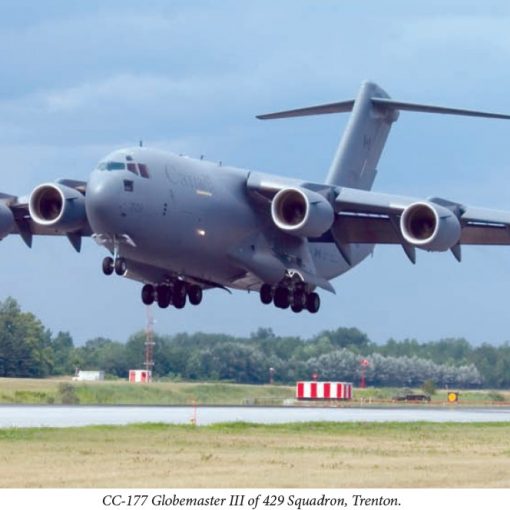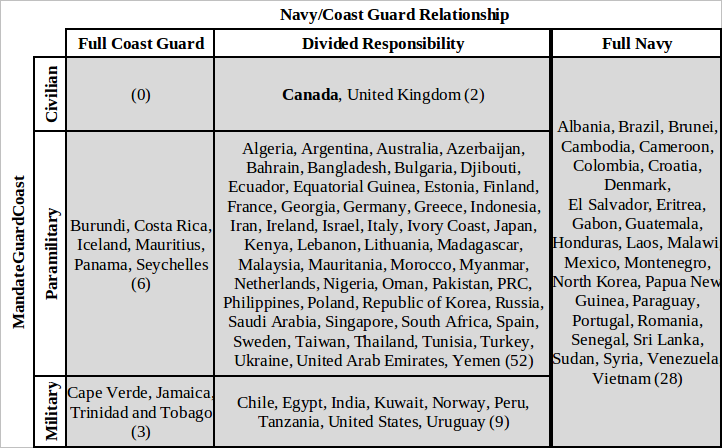* Moderator’s Note: This article was originally published by Strategic Forecasts on 24 November 2010. It is reprinted here with the permission of STRATFOR (http://www.stratfor.com/). A free video clip of the interview Mr. Baker, with illustrative maps and other visual aides, is available here. My thanks to CFPS Research Fellow Dr. Stan Weeks for bringing this article to my attention.
“Importance of the Korea’s Northern Limit Line”
Analyst Rodger Baker, Vice President for Strategic Intelligence, explains the history of the Korean Peninsula’s Northern Limit Line and how it relates to North Korea’s economic and strategic goals.
STRATFOR Editor’s Note: Transcripts are generated using speech-recognition technology. Therefore, STRATFOR cannot guarantee their complete accuracy.
The shelling across the Northern Limit Line between North Korea and South Korea recently has raised a lot of questions as to just what the North Koreans are doing — why they carried out this act at this particular time. One of the elements to that is really to better understand what is the Northern Limit Line, why is it there and how do the North Koreans view this.
At the end of the Korean War, as the armistice was being discussed, there was a general agreement on where the DMZ — the demilitarized zone - would go between the two Koreas. However, there was no agreement on where the maritime border would go on the west coast. The United Nations unilaterally drew the Northern Limit Line — putting it within three nautical miles of the North Korean coast, which was standard territory at the time. It also placed five islands just south of the NLL under South Korean or under U.N. control at the time. And in many ways, that boxed in the North Koreans, and it protected the southern port at Incheon.
The North Koreans never recognized the NLL, and by the late 1950s they were already complaining about it. They were suggesting the creation of what they called the MDL — the military demarcation line. This would have been a line that matches more along the 12 nautical miles and runs fairly diagonally between North Korea and South Korea in the West Sea. For the North Koreans, this would give them access to Haeju, their southern deepwater port. It would also give them access to critical crab-fishing grounds in the area.
For the South Koreans however the shape of the MDL, from their perspective, would put Incheon at risk, and South Korea and the United Nations refused to change the line.
As the Cold War was drawing to a close, the North Koreans were looking at ways to modify and change their economic structure. They knew they couldn’t be fully reliant upon the Chinese, upon the Soviets or the Russians after that point. And they started looking into the idea of special economic zones, of trying to increase trade. Ports became very important for them, and they started looking again at Haeju and they started looking again at the Northern Limit Line.
By the end of the 1990s and the firm establishment of Kim Jong Il as the new leader of North Korea, the Northern Limit Line became a very hot area once again. There were two incidents at the end of 1999 and the beginning of the 2000s of shelling between the two Koreas — a maritime fight which had ships sunk on both sides. Tensions began to rise along that line. The North Koreans started calling for a renegotiation of the line and demanding that the South Koreans back away from their positions along that line.
When we look at North Korea’s broad strategic behavior in trying to force negotiations over critical issues, we see them posturing, we see them raising crises so they can step back from them in return for talks and for negotiations. But as we’ve seen in the issues of North Koreas nuclear weapons and missiles, they’ve reached a point where it’s very hard now to create a crisis because they’ve already tested nuclear weapons; they’ve already launched long-range missiles. In general, any red line — real or imagined — has already been crossed.
Were seeing now on the NLL that the North Koreans are having a step up even to a higher state of activity to be able to draw attention to the NLL. So shelling into the water doesn’t do it, missile tests doesn’t do it, shooting between boats doesn’t necessarily do it, even the incident with the Chon An didn’t seem to bring this NLL issue back up onto the table. They’re now shelling South Korean islands.
The question is how far do the North Koreans have to go before the crisis either draws attention in the way they want or forces a response from the South Koreans and, ultimately, from the United States?



